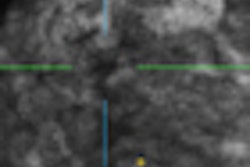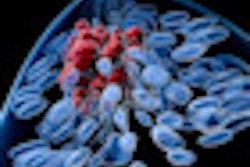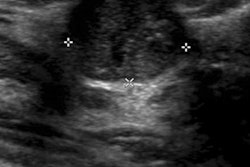Sunday, November 25 | 11:45 a.m.-11:55 a.m. | SSA19-07 | Room S403B
This Sunday presentation will discuss research using computer-aided detection (CAD) to detect microcalcifications on digital breast tomosynthesis (DBT) studies.While DBT can improve the detection of mass lesions and reduce patient callbacks, the modality has a more difficult time than conventional full-field digital mammography (FFDM) in detecting clustered microcalcifications, which are one of the most important signs of breast cancer, said presenter Ravi Samala, PhD, of the University of Michigan.
In order for radiologists to find microcalcifications, the current clinical protocol is to acquire both DBT and FFDM. But this doubles the radiation exposure to the patient, Samala said.
To address this problem, the Michigan team developed microcalcification enhancement methods and a CAD system to help radiologists detect microcalcifications directly on DBT studies.
The technique selectively enhances microcalcifications and preserves mass spiculations while smoothing noise, Samala said. A CAD algorithm was then developed to detect microcalcification clusters in this enhanced DBT volume.
This approach reduces radiation for the patient and exploits the less complex background in DBT images, according to Samala. The current CAD version achieved a sensitivity of 85% at 1.07 false positives per DBT view.
"This study indicates that our DBT enhancement method and machine-learning techniques are very promising for microcalcification detection," Samala said. "An effective [computer-aided detection] system for microcalcification detection in DBT has the potential to improve breast cancer detection while eliminating the need for additional FFDM, thereby reducing patient dose and reading time."




















